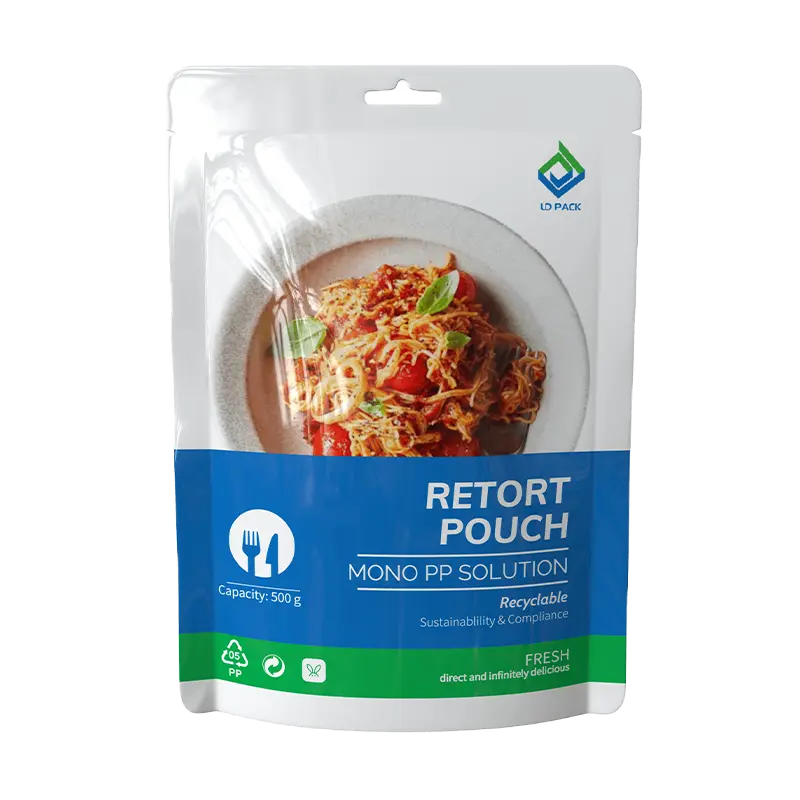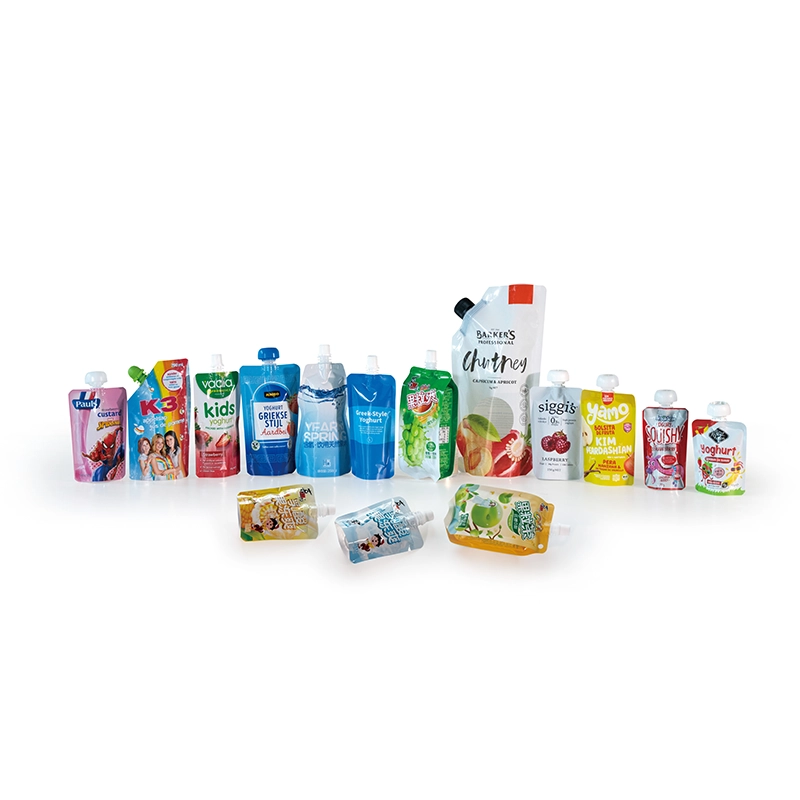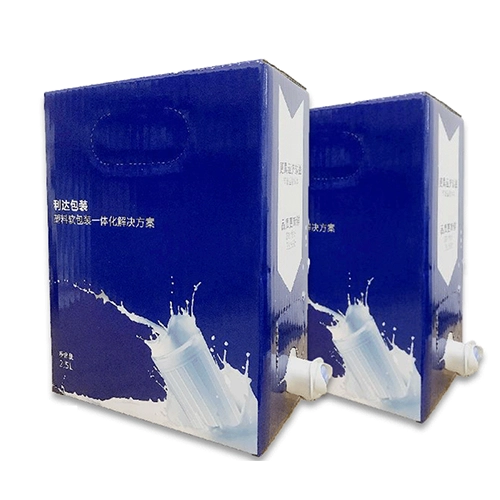Analysis and treatment of common pouch-making faults(2)
2. Bubbles are produced on the heat-sealing edge
2.1 The film is correctly divided into two halves at the "W" plate. Before the film passes through the longitudinal heater, the upper and lower layers of the film overlap unevenly, and some air is not completely discharged or the film enters the seam of the rubber roller in the bag making process. There are wrinkles. In this case, when the film is heat-sealed, part of the air cannot be discharged, so air bubbles appear after sealing. It is easy to produce bubbles when the width of heat sealing edge exceeds 40mm.
Processing method: Before the film enters the longitudinal heater and rubber roller in the pouch making, it must prevent wrinkles and air entry.
When the film enters the sponge holder, the nuts on both sides of the holder are slightly tightened to let the air out. But not too tight, otherwise it will affect the accuracy of pouch making and the occurrence of wire drawing.
Use heat-sealing cloth on the longitudinal seal to clamp the film in the middle, and the film will be flattened in the middle, and the upper and lower heat covers must have a certain tension.
2.2 Check whether the rubber pad of the heat-sealed bottom plate is partially aged or worn. Because the width of the heat-sealed edge is narrow, the pressure per unit area is strong, and the same part is often used to cause damage and suspension, so when producing products with wider heat-sealed edges poor sealing will cause air bubbles and even affect the heat seal strength; therefore, it is necessary to check the wear degree of silicone rubber when producing wide heat-sealed products.
2.3 The polytetraoxyethylene cloth of the heat sealing knife, the silicone table and the cooling plate was damaged. If the same part of the heat-sealing cloth is used for a long time, the heat-sealing cover will come off when the surface is damaged. In addition, the same situation will occur when the polyethylene melted from the edge of the film is fixed on the heat-sealing cloth.
2.4 Insufficient clearance or imbalance. Adjust the clearance of all heaters and cooling parts. Heat sealing when the gap is uneven: the cooling action is carried out by friction with the film.
2.5 The pressure contact is uneven or not enough, and the pressure is not evenly distributed on the heat sealing edge. Check whether there is any foreign matter in the gap of the heat sealing knife of the heater and whether there is any problem with the installation of the heat sealing knife, and increase the pressure according to the width of the heat sealing edge to make it have sufficient sealing performance.
2.6 The heat sealing time is short and the cooling is not sufficient. Confirm whether the water of the cooling plate is flowing, prolong the heat sealing time, and lower the heater temperature.




